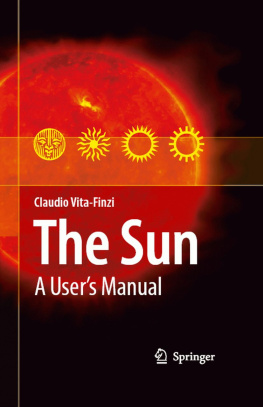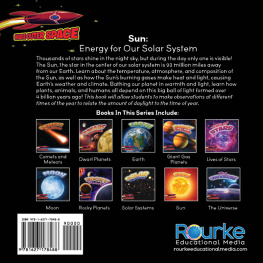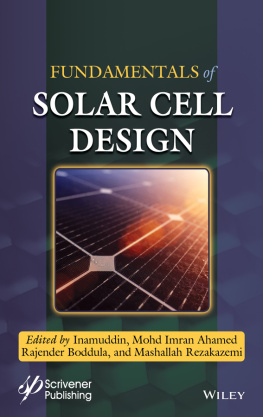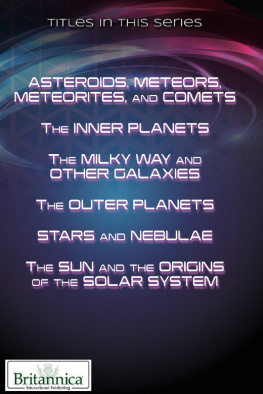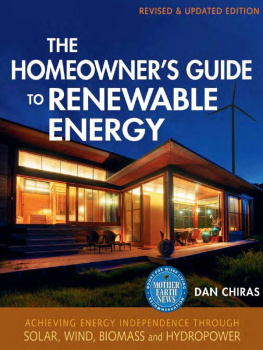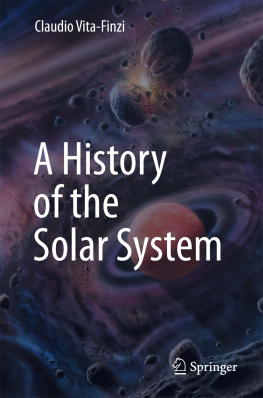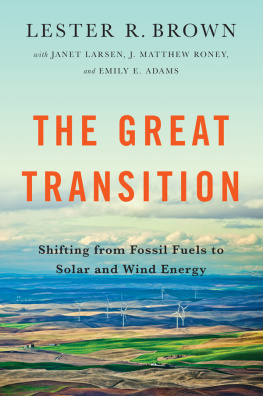If curiosity, as Isaac Asimov has eloquently argued, is one of the noblest properties of the human mind, then prediction is its richest reward. And its survival value is obvious. Is the tide about to turn? Do we need more firewood? When will the herds come back?
Some of the best evidence for effective forecasting in prehistory comes from success in the hunt. In the Dordogne region of France, several of the late Pleistocene sites renowned for their rock art and flint work show great economic dependence on reindeer. At the Abri Pataud, for instance, reindeer make up between 85% and 99% of the bones left by its prehistoric occupants1 The caves and shelters open onto valleys bordered by steep cliffs which would have created natural corrals in which to confine reindeer transiting between their summer and winter grazing areas. To judge from the bones the cave occupants timed their seasonal visits shrewdly, even if the reindeer they caught did not. Although the first few seasons must have been a matter of trial and error it seems likely that hunting proficiency in the Palaeolithic came to depend a good deal on observing seasonal clues of one kind or another: the first thaw, for example, or the flowering of some dependable shrub, or the departure or return of a migrant bird.
Most prehistoric hunters and gatherers moved periodically to exploit food that was seasonally abundant. In Alaska they did so for berries, shellfish, deer, fish and sea mammals. To be sure, as in much of the panorama of natural selection, we rarely come across the failures: the luckless family which spent the winter forlornly looking for whelks did not leave massive shell middens behind. But there are countless heaps of food remains which reflect seasonal shrewdness and which imply at least a measure of planning.
1.1 Sun as clock
Success in such enterprises was more assured once a link was found with the stars, the Moon and the Sun, initially signalled, perhaps, by a change in the length of a distinctive shadow or the illumination of the blank canvas of a smooth rock face. At high northern latitudes the noonday Sun is at its highest in the sky in summer, retreats south to its furthest position in winter, and then gradually returns. Even in the monotonous tropics plant life responds to what has been called the drumbeat of the solar year2
Some of the most ancient human structures commemorate the solar year. At the Newgrange passage tomb in the Boyne valley of Ireland, dating from about 3000 BC, the sun at the midwinter solstice shines for a few minutes though the roof box and illuminates the back wall. The axis of the passage corresponds within about 5 to midwinter sunrise at the time the tomb was built3 What is perhaps the oldest solar observatory in the Americas, dating from the 4th century BC, was recently excavated at Chankillo in Peru. A series of 13 towers aligned north-south along a low ridge form a toothed horizon which, viewed from observation points to the east and west, allow the rising and setting positions of the Sun to be observed at intervals between the winter and summer solstices4
The vast effort required to erect these monuments, where a few sticks would have done the job equally well if timekeeping is all that was required, shows that some kind of ritual accompanied, as it still does, the practical inauguration of a fresh set of seasons. To be sure, there is a strong temptation to read too much wisdom in such alignments. Take, for example, Stonehenge, the mighty complex of earthworks and standing stones built in at least seven stages between 3100 BC and 1900 BC on Salisbury Plain in southern England. The consensus is that Stonehenge was designed to mark the position of sunrise at the summer solstice. The question is whether, besides any religious and social ceremonial associated with that annual event, the stones and banks had any other astronomical function.
An elaborate analysis of Stonehenge and other stone monuments was published in 1909 by Norman Lockyer, 5 who concluded that Stonehenge was a solar temple, as indicated by the alignment of its avenue, which marked sunrise on the longest day of the year. This event had, as he put it, not only a religious function: it had also the economic value of marking officially the start of an annual period. But Lockyer did not rule out other capabilities for Stonehenge, such as a connexion with the equinoxes or the winter solstice.
Lockyer used a theodolite, and pen and paper, to make his case. The advent of the computer made even more elaborate analyses possible, and in 1966 the American astronomer Gerald Hawkins presented evidence for Stonehenge as an ancient computer which, among other things, could be used to predict lunar eclipses. The astrophysicist Fred Hoyle went on to suggest in 1977 that Stonehenge was in effect a model of the Solar System and could be made to function as a computer which was even more precise than Hawkins had claimed as it could predict lunar eclipses to the day. There the matter rests, but uneasily, as archaeological excavation continues to reveal more traces of the alleged computer and the order in which it was assembled and repaired.
Much doubtless depended at these ancient observatories if that is what they were on shutters and markers of one sort or another which have long turned to dust. The remarkable success ancient Greek astronomers had in tracking and recording heavenly motions likewise appears remarkable partly because we have little trace of the devices with which they made and documented their observations. Consider the phenomenon of precession (strictly speaking the precession of the equinoxes), the cone-shaped path followed by the north Pole and, as we now know, completed in the space of 25,770 years. Hipparchus of Nicea (190120 BC) had identified the effect in 150 BC or thereabouts by reference to observations made by his predecessors even though the movement amounts to about 1 per 72 years. That achievement argues for good eyesight (as there were no telescopes), stable instruments and dependable archives.
However, the Antikythera instrument, discovered in 1900 near Crete in a sunken cargo ship full of statues, suggests that we have underestimated the technology that underpinned the Greek achievement. The device was made of bronze, now badly corroded, and housed in a wooden case measuring about 33 17 9 cm. Its main function, so far as one can tell from its gear wheels and fragmentary engraved inscriptions, and after a century of study combining the skills of computer scientists and historians of astronomy with the results of X-ray tomography, was to predict the position of the Sun and Moon and perhaps also the planets. Apparently the mechanism, which dates from 150100 BC, even allowed for variations in the Moons motion across the sky. It may have been based on heliocentric rather than the geocentric principles then prevailing, and it indicated position in the Saros cycle and a longer eclipse cycle. The Saros cycle, known to the Babylonians, is the period of 18 years and 11 1/3 days after which the Sun, Earth and Moon return to the same relative position in the heavens. 6
1.2 The solar year
As at Stonehenge, the focus in Greece was on both the Sun and the Moon. The lunar cycle is not straightforwardly related to the solar year. The synodic cycle is the time it takes the Moon to complete a cycle of phases and occupies 29.53 days, so that 12 such cycles total 354.4 days and 13 cycles total 383.9 days. It is impossible to say when an attempt was first made to harmonise the solar and lunar years, but there is some evidence for a tally of lunar phases in Palaeolithic times. The American scholar Alexander Marshack found scratches and cuts on a piece of bone dating from an estimated 30,000 years ago in the Abri Blanchard, near Sergeac in the Dordogne region of France, which he thought represented the phases of the moon over 2 lunar months. The Ta bone plaque, dating from about 12,000 years ago, shows sets of 29 notches, which Marshack equated with the synodic month, the average time taken by the Moon to run through a complete cycle of phases.7

